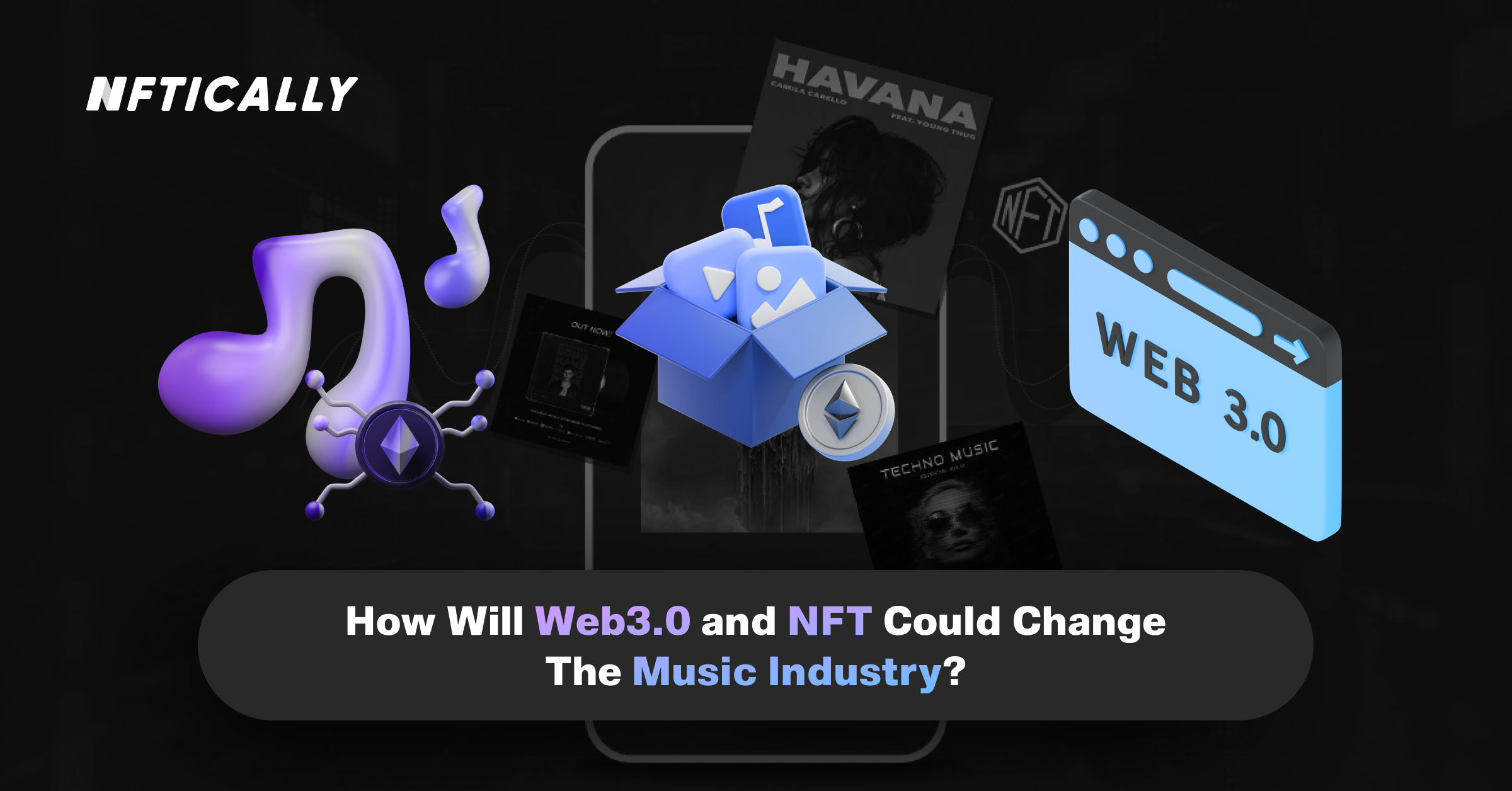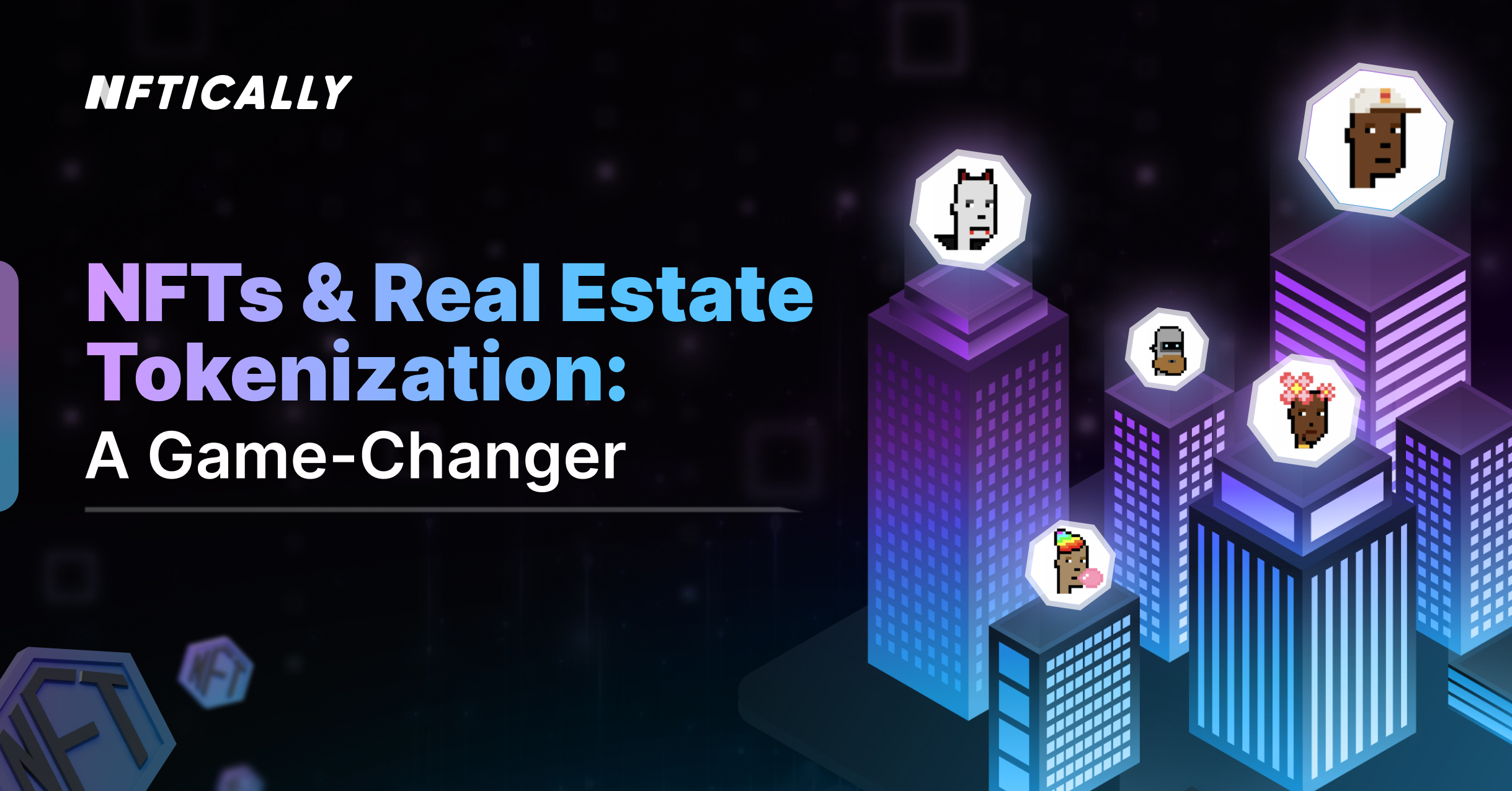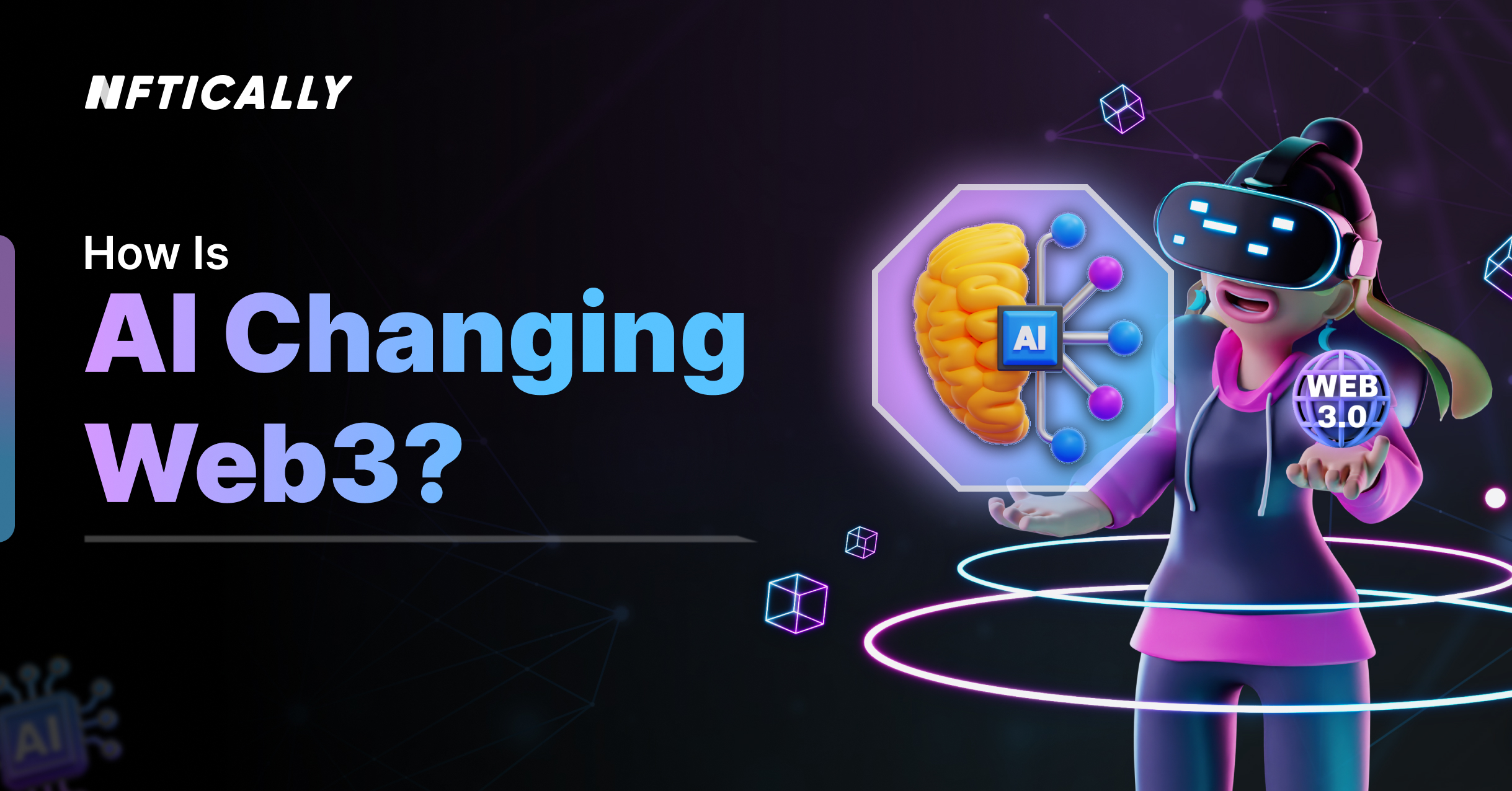
The music business may undergo a major shift in 2022 when Web 3.0, Music NFT, and blockchain technologies become more widely available.
Discrepancies in song ownership and appropriate compensation have been well-known in the music industry for many years. Many of the world’s finest painters, including Vincent Van Gogh, Paul Gauguin, and Rembrandt, died without receiving enough remuneration for their work.
Analysts predict record sales will reach $25.9 billion in 2022, but just 12% will go to artists.
Modern music has mixed benefits. Spotify and Apple Music have helped musicians reach a global audience. Apple Music pays musicians $0.01 per stream, while Spotify pays even less. Such miserly fees may be plenty for a few celebrities with billions of streams, but it’s a little for most artists.
Web3.0 gives artists additional cash sources and audience connections
Many vinyl lovers argue that aesthetic quality has been compromised for the immediate satisfaction of streaming, with its repeat and shuffle functions. Back in the day, musicians expected listeners to listen to an album straight through while lounging on the sofa and enjoying the cover art. Some old-school people still listen to music that way, but they’re not typical.
While the way we listen to music has evolved considerably, the sources of money accessible to musicians have stayed primarily the same.
Touring is the primary source of income for most artists now, as it was in the past. Moreover, traveling was and is a drag.
Concertgoers and partygoers are usually only privies to the most sentimental aspects of an artist’s tour (the concerts). When it comes to music tours, the great majority of them are a nonstop carousel ride of stress:
- Organizing logistics
- Talking to venues
- Eating cheap food (and sleeping on buses)
- Being away from family and friends for lengthy periods
Even though traveling was frequently problematic, it provided a steady source of income. When Covid-19 enters the picture, everything changes. Although the pandemic’s hold on the live music business is starting to loosen, it will be some time before concerts return to their pre-pandemic status quo, if they ever do.
Musicians have a challenging time in history at present. There is a positive aspect, though, in the form of web3.
Web3 gives artists power
Defining web3 is a lot like defining social media, which is problematic. It’s a broad word that encompasses particular technology and a societal phenomenon undergoing significant transformation.
This definition is a good starting point, however: Decentralization and transparency are the two pillars around which web3 is built, as opposed to the top-down, hierarchical methods of control that have dominated the internet since its birth in the early 1990s.
Cryptocurrency and other non-fungible token (NFT), the metaverse, and other current technologies are all products of Web3, which is primarily based on a technology known as a blockchain — effectively an immutable digital ledger.
In its infancy, Web3 is already transforming the music business. For example, consider the metaverse. While the word “metaverse” has been bandied around, several firms have presented their interpretations of this virtual realm. That said, the metaverse has undoubtedly given artists a new range of creative options and methods for interacting with their audiences.
Music in the metaverse is about accessibility; what does Bonnaroo cost? You may spend $1,000 to $2,000 on a bare-bones budget. That’s a lot of money, and suddenly you can afford to go to a music festival. But in the metaverse, anybody with a [VR] headset can open up a new entertainment world.
On the other hand, in the metaverse, artists may have an easier time touring than they would in the real world. It’s interesting from an artist’s standpoint. This is especially true for performers whose whole careers have been spent on the road; they’ve gone out, earned their livelihood playing at festivals or gigs, and reached the point when their bodies may have had enough. It’s a significant drain on one’s energy.
Opportunity and challenge ahead
Blockparty CEO Vlad Ginzburg calls the mainstream use-case for crypto NFT, which he describes as web 3.0’s currency.
Artists can manage their contract and minting process to guarantee collectors have access to the mint they buy.
Blockparty just announced a partnership with Lively, a pandemic-era website that connects musicians and producers with fans.
It’s an excellent time to be an artist. When the music business seemed to be extinguished, NFTs started to look like a potent weapon that might help artists recover control of their careers and revive a thriving connection with their audience, which may have out on music in the natural world pause. Still, the music on web3 was only beginning to take shape.
The lack of formal education is still a key barrier for aspiring web 3.0 musicians. Accordingly, using decentralized databases to provide evidence of ownership that is 100% irrefutable, NFTs are more accessible than most people realize.
NFT drops should always adapted to the creator’s aims and audience. “We want artists to distil their creativity and its influence on their communities and ask, ‘How can I impart greater agency to my audience, and what do I hope this NFT inspires them to do?’ It’s a value add, creating something innovative and contributing to the web 3.0 environment.
Similar possibilities exist in the metaverse; platforms like Soundscape VR work with artists to produce virtual experiences that provide personalized to each artist’s vision and fans.
Wrapping Up
This new web 3.0 music scene has developed quickly, which is impressive. A few years ago, web 3.0 was unknown. Now it’s a mainstream promotional and financial strategy that, like social media, may become important to a musician’s career.
Artists and their web 3.0 expert advisers have a long way to go, many experiments to undertake, and much more money to make.
Follow NFTICALLY’s telegram channel and discord server for the latest information about NFT.
Related Posts

NFTs and Real Estate Tokenization: A Game-Changer
Are you curious about the next major development in the world of non-fungible tokens (NFTs)? Well, it seems that real estate tokenization is poised to become the next big thing in NFTs. Lately, the concept…
- September 22, 2023

How is AI changing Web3?
Are you ready to embark on a thrilling journey into the future of the Internet? Picture a decentralized web, where AI and blockchain converge to redefine how we interact with digital realms. Imagine AI-driven avatars…
- August 1, 2023
Recent Posts
- Revolutionizing AI Clones: Sunny Leone Teams Up with Kamoto.AI for an Unprecedented Debut
- The Evolving Landscape of NFTs: A Glimpse into 2024
- NFT Trends to Shape 2024: A Deep Dive into the Future of Digital Assets
- The Gaming Revolution: NFTs Level Up the Player Experience
- NFTs and Intellectual Property Rights: Navigating Legal and Ethical Challenges
Recent Comments
Archives
- January 2024
- December 2023
- November 2023
- October 2023
- September 2023
- August 2023
- July 2023
- June 2023
- May 2023
- April 2023
- March 2023
- February 2023
- January 2023
- December 2022
- November 2022
- October 2022
- September 2022
- August 2022
- July 2022
- June 2022
- May 2022
- April 2022
- March 2022
- February 2022
- January 2022
- December 2021
- November 2021
- October 2021
- September 2021
- August 2021
- July 2021
Categories
- $ECOM
- 3D NFTs
- AI Characters
- Airdrpos
- Bitcoin
- Blockchain
- Blockchain Technology
- Buy NFTs
- Buying
- Crypto Collectibles
- Crypto Wallet
- Cryptocurrency
- Cryto Mining
- Digital Art
- Digital Assets
- Ethereum
- FAQs
- Features
- Generative Art Nfts
- ICO
- Invest in NFT
- Learn
- Metavatars
- Metaverse
- Minting
- NFT
- NFT 2.0
- NFT Art
- NFT Art Finance
- Nft auction
- NFT Communities
- NFT Crypto
- NFT crypto art
- NFT Drops
- NFT Games
- NFT gaming
- NFT Marketplace
- NFT Memes
- nft project
- NFT Royalties
- NFT Staking
- nft stocks
- NFT Store
- NFT Taxes
- NFT Trading Cards
- NFT Wallet
- NFTICALLY
- NFTs
- Non fungible tokens
- Non Fungile Tokens
- Ordinal NFTs
- Physical Assets
- Press Release
- Selling
- Solution
- Stablecoins
- Store
- Tensor Nfts
- Top Cryptocurrencies
- Uncategorized
- Web 2.0
- Web 3.0
- white label nft marketplace

